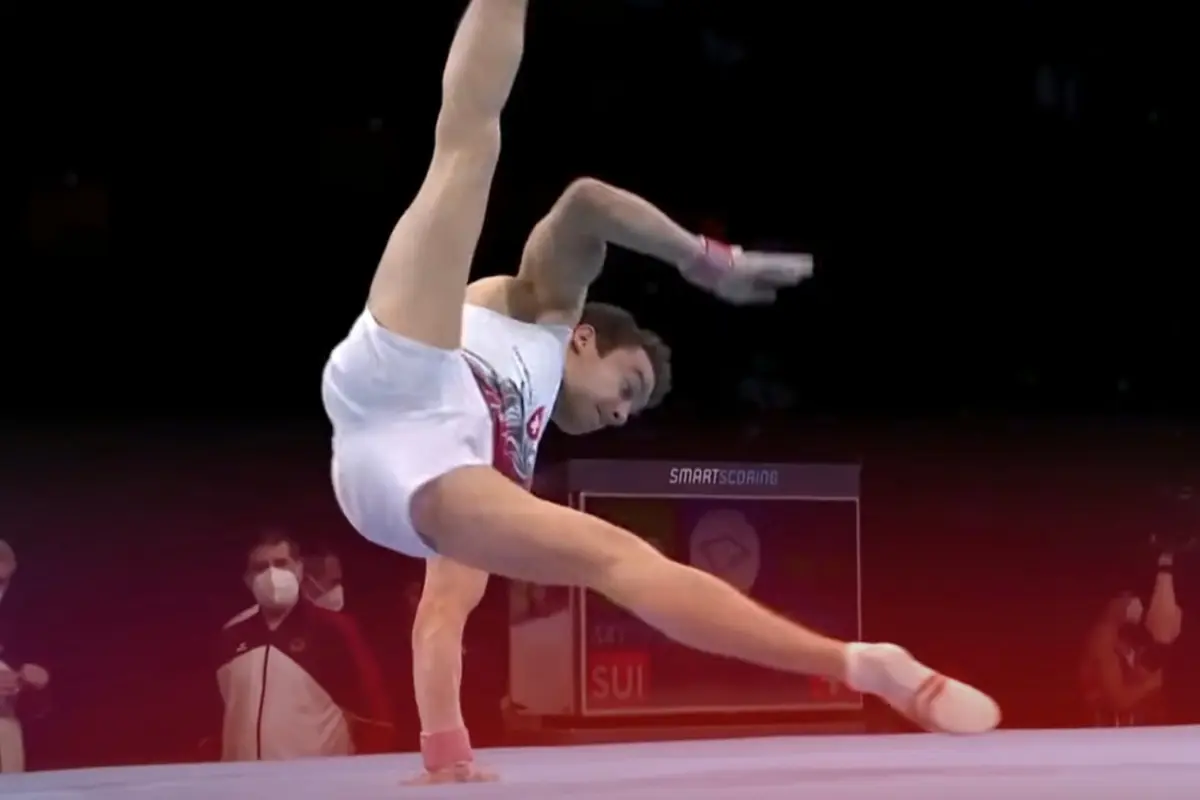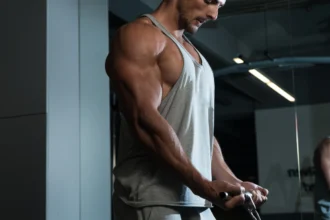As a parent, you want to provide your child with opportunities to grow, stay active, and have fun. Both tumbling and gymnastics offer excellent ways for children to develop physically and mentally.
But which one is the better choice for your child? Let’s explore the differences between these two activities and their potential benefits.
What is Tumbling?
Tumbling is a form of acrobatics that primarily focuses on floor exercises. It involves a series of flips, twists, and rolls performed on a spring floor or tumbling track. Tumbling is often seen as a subset of gymnastics, but it can also be a standalone discipline.
Key elements of tumbling include:
- Cartwheels
- Roundoffs
- Back handsprings
- Somersaults
- Aerials
What is Gymnastics?
Gymnastics is a comprehensive sport that encompasses various events and apparatuses. It includes both men’s and women’s artistic gymnastics, as well as rhythmic gymnastics and trampoline.
Gymnastics events include:
- Floor exercises
- Balance beam (women)
- Uneven bars (women)
- Vault
- Pommel horse (men)
- Rings (men)
- Parallel bars (men)
- High bar (men)
Comparing Tumbling and Gymnastics
Now that we’ve outlined the basics of each activity, let’s compare them across several important factors:
Physical Development
Tumbling:
- Develops core strength, leg power, and overall body control
- Enhances spatial awareness and proprioception
- Improves flexibility and coordination
Gymnastics:
- Offers a more comprehensive full-body workout
- Develops strength in upper body, lower body, and core
- Enhances balance, flexibility, and coordination across various apparatus
Skill Progression
Tumbling:
- Focuses on mastering a specific set of skills
- Progression is often faster due to the concentrated focus
- Skills build upon each other in a clear, linear fashion
Gymnastics:
- Covers a wider range of skills across multiple apparatus
- Progression may be slower due to the breadth of skills to master
- Allows for specialization in specific events as the gymnast advances
Time Commitment
Tumbling:
- Generally requires less time commitment
- Classes are often shorter and less frequent
- Can be pursued recreationally with ease
Gymnastics:
- Usually demands a higher time commitment
- Classes tend to be longer and more frequent, especially at competitive levels
- Recreational options are available but may still require more time than tumbling
Competition Opportunities
Tumbling:
- Fewer competitive opportunities compared to gymnastics
- Often part of trampoline and tumbling competitions
- May have a smaller competitive community
Gymnastics:
- More widespread competitive opportunities at various levels
- Well-established competitive structure from local to international levels
- Larger competitive community and potential for higher-level competition
Cost
Tumbling:
- Generally less expensive due to minimal equipment needs
- Lower costs for training facilities and coaching
Gymnastics:
- Often more expensive due to the variety of equipment required
- Higher costs for training facilities and specialized coaching
Safety Considerations
Both tumbling and gymnastics carry some risk of injury, but proper training and supervision can minimize these risks.
Tumbling:
- Focuses on a smaller range of skills, potentially reducing the variety of injury risks
- May have a lower risk of falls from height
Gymnastics:
- Involves a wider range of apparatuses, which may increase the variety of potential injuries
- Higher risk of falls from apparatus like the balance beam or uneven bars
Making the Right Choice for Your Child
When deciding between tumbling and gymnastics for your child, consider the following factors:
- Your child’s interests: Does your child show a particular interest in either activity?
- Physical attributes: Consider your child’s natural strengths and abilities.
- Time availability: How much time can your family commit to training and competitions?
- Budget: Consider the costs associated with each activity.
- Long-term goals: Is your child interested in pursuing the activity competitively or recreationally?
- Available facilities: What options are available in your local area?
Conclusion
Both tumbling and gymnastics offer valuable benefits for children’s physical and mental development. Tumbling might be a better choice for those looking for a less time-intensive activity that focuses on floor skills.
On the other hand, gymnastics provides a more comprehensive athletic experience with a wider range of skills and potential for competitive advancement.
It’s also worth noting that many gymnastics programs incorporate tumbling as part of their curriculum, so your child may have the opportunity to experience both.





